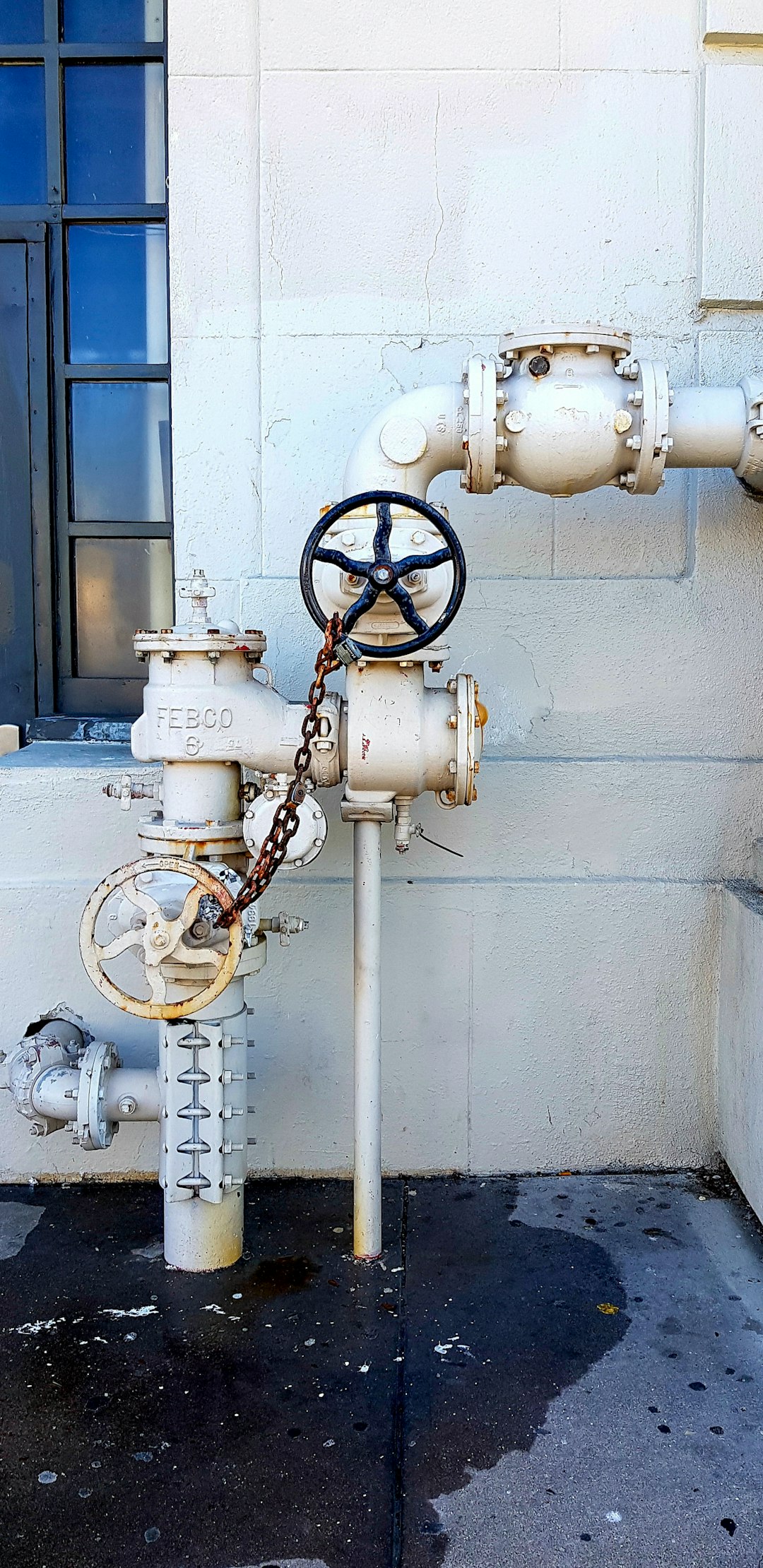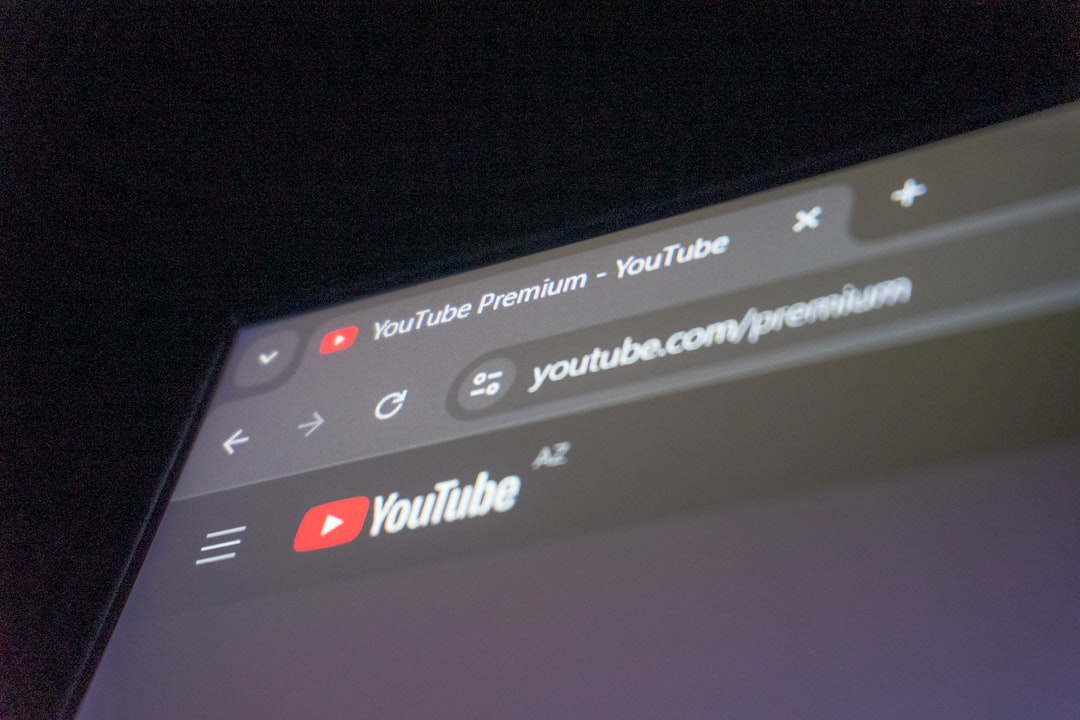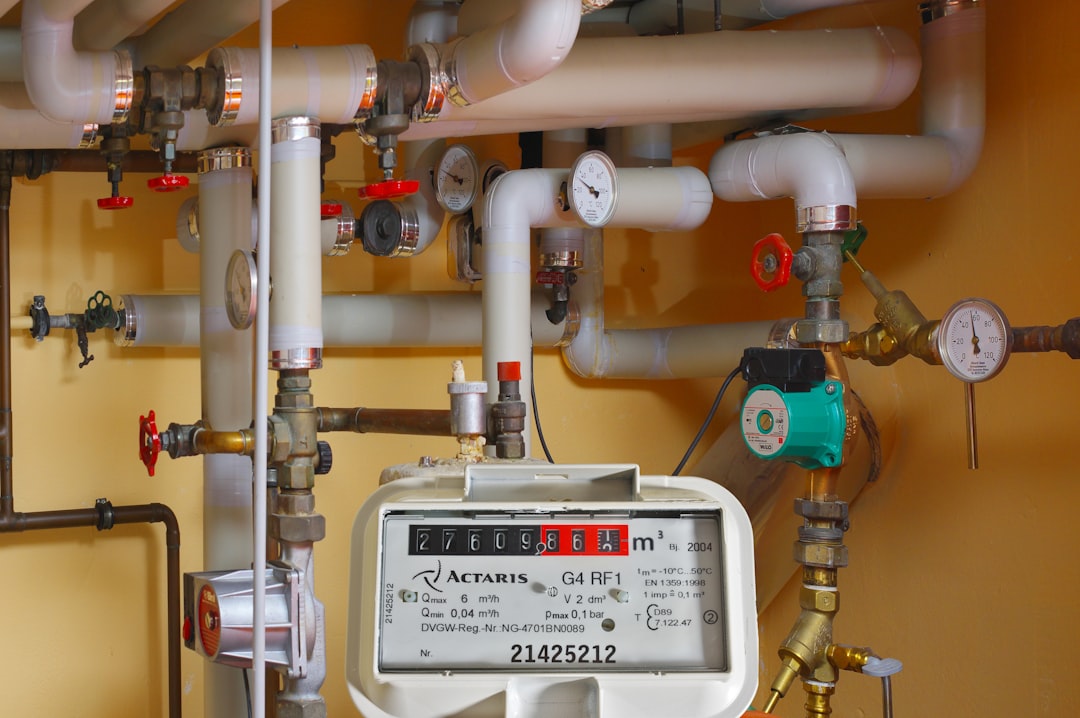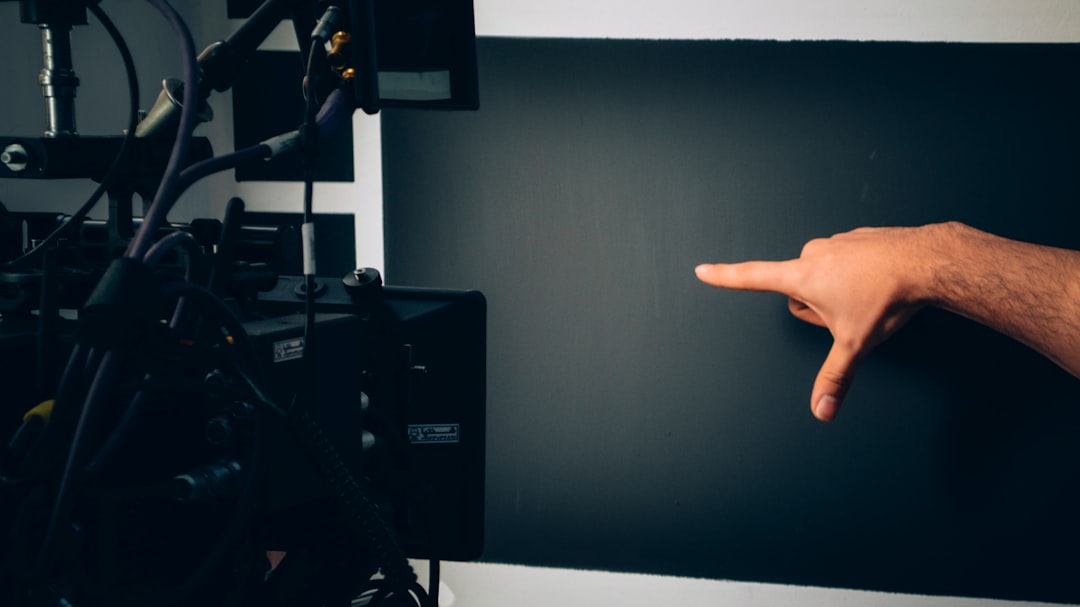Table of Contents
- Introduction
- Definition and scope of residential plumbing
- Definition and scope of commercial plumbing
- Key differences in plumbing system design and installation
- Common plumbing services in residential settings vs commercial settings
- Regulations and plumbing code compliance for residential and commercial properties
- Typical plumbing emergencies encountered in residential versus commercial environments
- Maintenance requirements and service frequency for residential and commercial plumbing
- Cost considerations for plumbing services in residential vs commercial sectors
- Conclusion
- Frequently Asked Questions
Introduction
When it comes to plumbing, the distinctions between residential and commercial services can be both striking and subtle. Each domain presents its own set of unique challenges, codes, and requirements that can leave anyone bewildered.
Whether you’re a homeowner facing a leaky faucet or a business owner grappling with a clogged drain in a bustling restaurant, understanding these differences is crucial.
Not only do residential and commercial plumbing jobs differ in scale and complexity, but the techniques and materials used can vary significantly as well. This article aims to demystify the intricate world of plumbing by diving deep into the specific traits that define residential and commercial systems.
Join us as we explore everything from the equipment used to the regulations governing each type of plumbing system. Get ready to gain valuable insights that will equip you with the knowledge you need, whether you’re dealing with everyday plumbing woes at home or the specialized needs of a commercial establishment.
Definition and scope of residential plumbing
Residential plumbing refers to the system of pipes, fixtures, and other apparatuses that are installed in homes to facilitate the distribution of water and the removal of waste. This type of plumbing focuses on the needs of individual households, providing essential services for daily living.
One of the primary responsibilities of residential plumbing is to ensure that potable water is easily accessible for drinking, cooking, and cleaning. It also encompasses the wastewater management system, which involves the safe disposal of sewage and greywater.
The scope of residential plumbing includes the installation and maintenance of fixtures such as sinks, showers, toilets, and bathtubs, as well as appliances like dishwashers and water heaters. Additionally, residential plumbers are tasked with managing drainage systems and resolving issues related to leaks, blockages, and pipe repairs.
Overall, residential plumbing plays a critical role in enhancing the functionality and comfort of homes, making it an essential aspect of modern living.
Definition and scope of commercial plumbing
Commercial plumbing refers to the systems and practices involved in the installation and maintenance of plumbing systems in commercial settings, such as office buildings, shopping centers, restaurants, and factories. Unlike residential plumbing, which caters to individual homes, commercial plumbing deals with larger and more complex systems that require specialized knowledge and expertise.
These plumbing systems must be designed to handle higher volumes of water and waste due to the larger number of occupants in commercial buildings. Features such as multiple restrooms, large kitchens, and specialized systems for industrial processes are common in commercial plumbing.
Additionally, commercial plumbers must be well-versed in building codes, regulations, and safety standards that govern commercial properties. This includes ensuring that plumbing systems are not only functional but also compliant with health and safety regulations.
Overall, the scope of commercial plumbing is broad, covering everything from routine maintenance and repairs to new installations and renovation projects.
Key differences in plumbing system design and installation
The key differences in plumbing system design and installation between residential and commercial settings often stem from the scale and complexity of the systems involved. In residential plumbing, the systems are generally simpler and designed for smaller water demands. These systems typically include basic fixtures like sinks, faucets, and toilets. The installation process is usually more straightforward, allowing for greater flexibility in design layouts and fewer regulations.
In contrast, commercial plumbing systems are considerably more elaborate, integrated with larger infrastructures and handling higher volumes of water usage. These systems must comply with stricter building codes and regulations, which can involve complex layouts with multiple floors and large-scale drainage systems. Additionally, commercial plumbing often incorporates specialized fixtures and appliances, including those for high-capacity purposes like dishwashers and industrial sinks.
Moreover, commercial installations usually require professional planning to ensure that the systems efficiently handle increased flow rates and comply with health regulations, making a profound difference in system design and installation approaches.
Common plumbing services in residential settings vs commercial settings
Plumbing services in residential settings typically involve installations and repairs that cater to individual homeowners. Common services include fixing leaky faucets, installing new fixtures, and clearing clogged drains. Residential plumbers also handle issues related to water heaters, helping homeowners maintain comfortable living conditions. Additionally, emergency plumbing services are often solicited for urgent problems that could cause significant damage to the property.
In contrast, commercial plumbing services address the needs of businesses and larger facilities. These services often involve more complex systems, such as multi-story buildings or industrial operations. Commercial plumbers may install and maintain extensive piping systems, sewage systems, and grease traps in restaurants. They also tend to handle larger-scale installations, such as water supply systems and wastewater management. Due to the high volume of usage and the regulatory requirements of commercial establishments, these plumbing services must adhere to strict codes and standards, often requiring specialized skills and equipment.
Regulations and plumbing code compliance for residential and commercial properties
Regulations and plumbing code compliance are crucial aspects that differentiate residential and commercial plumbing. Both types of properties must adhere to local, state, and national plumbing codes, but the specifics can vary significantly.
For residential properties, plumbing codes generally focus on the installation and maintenance of systems that are designed for private homes. This includes regulations around the placement of pipes, water heating systems, and sewage disposal. Homeowners are typically subject to less stringent regulations than commercial entities, as the complexity of residential plumbing systems is usually lower.
In contrast, commercial plumbing involves much more complex systems which must comply with stricter business regulations. Commercial properties often handle greater volumes of water and wastewater, requiring robust systems designed to accommodate these demands. Compliance checks may be more frequent, and any plumbing work done in a commercial setting typically requires detailed inspections and approvals.
Ultimately, understanding these regulations is vital for ensuring safety, functionality, and sustainability in both residential and commercial plumbing projects.
Typical plumbing emergencies encountered in residential versus commercial environments
Plumbing emergencies can vary significantly between residential and commercial environments, each presenting unique challenges and requirements. In residential settings, common emergencies often include clogged toilets, burst pipes, and malfunctioning water heaters. These issues, while urgent, typically affect fewer people and can often be addressed quickly by a local plumber.
In contrast, commercial plumbing emergencies can have a broader impact. For instance, a significant leak or sewer backup in a restaurant not only disrupts operations but can also lead to health code violations and loss of revenue. Additionally, commercial properties may face complex plumbing systems that require specialized knowledge to address issues such as leaks in multi-story buildings, issues with fire suppression systems, or malfunctioning industrial equipment.
While both residential and commercial plumbing systems can encounter emergencies, the scale and potential consequences differ greatly. Consequently, it is crucial for property owners to understand the specific needs and regulations associated with their plumbing systems, ensuring they are prepared for any emergencies that may arise.
Maintenance requirements and service frequency for residential and commercial plumbing
The maintenance requirements and service frequency for residential and commercial plumbing can vary significantly due to the different types of systems in use and their respective demands. Residential plumbing systems are generally less complex and are designed for the needs of households. Regular maintenance may include inspecting pipes and fixtures, clearing drains, and checking for leaks. Usually, homeowners are advised to have a plumbing inspection at least once a year to ensure everything is functioning adequately.
On the other hand, commercial plumbing is designed to handle a much higher volume of water usage and waste disposal. As a result, these systems often require more frequent maintenance. Businesses may need monthly or quarterly inspections to prevent issues that could disrupt operations. Additionally, commercial properties must comply with stricter regulations and standards, leading to more comprehensive service schedules. Factors such as type of business, number of fixtures, and usage patterns greatly influence the frequency and scope of plumbing maintenance required.
Cost considerations for plumbing services in residential vs commercial sectors
When it comes to plumbing services, cost considerations can vary greatly between residential and commercial sectors.
Residential plumbing typically involves smaller-scale projects such as repairs, installations, and maintenance for homes or apartments. The costs can include basic hourly rates for plumbers, materials, and potential permits. Because residential plumbing often deals with simpler systems, the overall expenses tend to be lower compared to commercial plumbing.
In contrast, commercial plumbing involves larger-scale operations, such as installing and maintaining plumbing systems in businesses, industrial facilities, or public buildings. These projects often require more specialized skills and advanced equipment, which can lead to higher labor costs. Additionally, commercial plumbing systems are usually more complex and must comply with stricter regulations, which can increase overall costs.
When budgeting for plumbing services, it’s crucial to consider both the immediate expenses and potential long-term savings from quality installations and maintenance.
Conclusion
In summary, understanding the distinctions between residential and commercial plumbing is essential for property owners and managers alike. Residential plumbing focuses on individual households, addressing simpler systems and more personal plumbing needs. Conversely, commercial plumbing involves complex systems built to handle higher volumes and meet stricter regulatory standards. Each type has its own unique set of challenges, service requirements, and cost implications. Knowing these differences not only helps in making informed decisions but also ensures that each system operates safely and efficiently.
For any plumbing issues or to schedule maintenance, don’t hesitate to reach out to our experienced team. We are just a call away to provide expert assistance tailored to your needs. Call us at 573-555-2121 and let us help you with all your plumbing needs!















